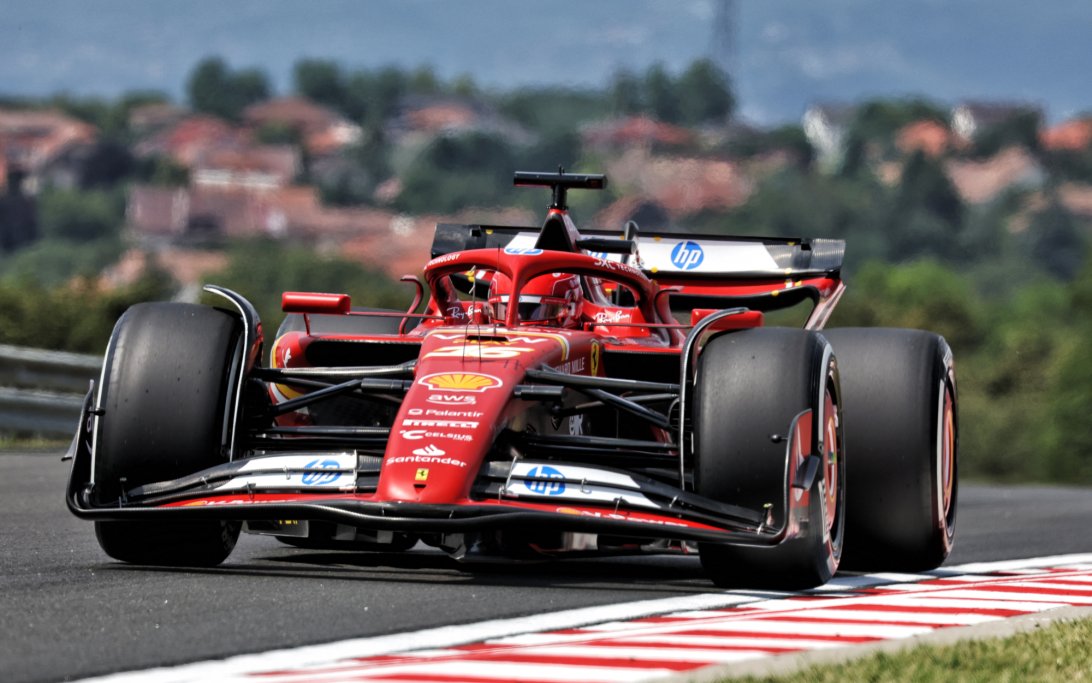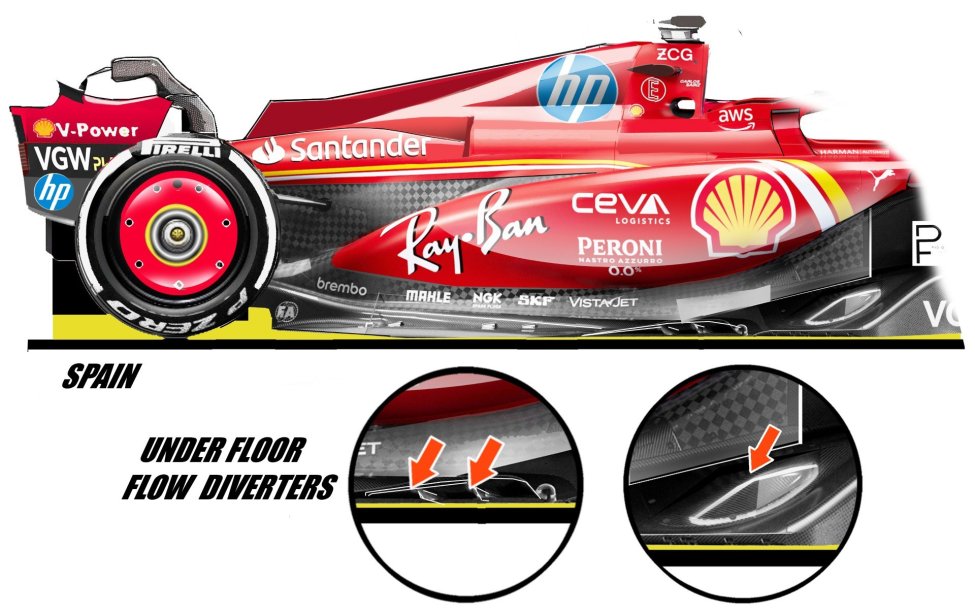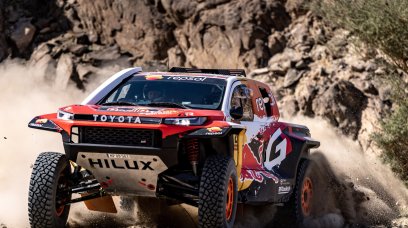Ferrari entered the summer break third in the constructors' championship following the 14 completed rounds this season, behind both McLaren and Red Bull. The Italian manufacturer sit on 345 points, 21 points behind McLaren and 63 behind Red Bull.
It is a position that highlights the progress of the SF-24 compared to last year's car, but at the same time, it should be considered from two different perspectives. Red Bull boasts a small advantage over the Maranello-based team and McLaren in particular, making Ferrari look competitive.
The debut of the SF-24 was positive, with a one-two having been achieved in the Australian Grand Prix after Max Verstappen retired. This result was backed up with a one-three later in the season in Monaco.
Ferrari improved throughout the opening rounds, and the introduction of a second large upgrade package in Spain was supposed to draw the outfit closer to McLaren and Red Bull. However, this did not happen; instead, the SF-24's performance worsened.
Much to Ferrari's frustration, its Spanish GP upgrade package – a brand-new floor – saw porpoising return, which has severely hurt the team. The jolts, which up to that point had always remained under control, became more frequent.
This was caused by Ferrari's new floor increasing the downforce generated by the SF-24, making the car unstable which prevented Sainz and Leclerc from exploiting the potential of the aerodynamic package.
The setback caused Ferrari to drop quickly in terms of performance, from being second in the pecking order to fourth. Even Mercedes surpassed Ferrari in performance, which until Monaco had not seemed much better than the unfortunate W14 of last year.
The process of understanding the lack of competitiveness of the SF-24 lasted three races, from Austria to Hungary, where the aerodynamicists – directed by Diego Tondi – analysed how the critical issue arose and above all how it was possible to remedy it before the summer break, albeit not definitively.
Flexions on the floor in front of the rear wheels were identified as factors triggering the jolts after Silverstone. During the one-week break between the British Grand Prix and the Hungarian Grand Prix, Ferrari designed a corrected version of the floor which was reinforced to prevent flexing in the critical area which precedes the throat of the diffuser.
Viewed by others:
Revised floor
The new version worked in Hungary, however, the Hungaroring would not have induced the jolts due to the minimum and maximum speeds being below the porpoising trigger threshold. Nevertheless, confirmation that the revised floor worked was seen in Belgium.
The performance of the SF-24 was satisfactory both in qualifying – Leclerc claimed pole due to a grid penalty for Max Verstappen – and in the race. Leclerc provisionally finished fourth but was promoted to third after initial race winner George Russell was disqualified due to his car being under weight.
Leclerc finished eight seconds behind Russell, whilst Sainz was 19.7 seconds behind the British driver. The numerical data cannot be ignored, although it also cannot satisfy Ferrari given that Mercedes' performance leap has seen the Silver Arrows win three of the last four races.
However, it is correct to reiterate, not to offer any alibi to Ferrari, that the season has demonstrated in the races held so far that it is a true rollercoaster, especially among the three teams chasing Red Bull.
After the summer break, Ferrari is expected to undergo a relaunch phase that will allow it to maintain its chances in the fight for the constructors' title. Not an easy challenge, but which, according to our information gathered before the mandatory closure of the factory, Maranello has grasped with full hands.
It has done so with developments that will not stop at the pure aerodynamic aspect, but will also concern, albeit in a non-invasive way, the suspension, at the level of variations in internal kinematics.
This emerged in the already advanced study of the protected project 677, carrying a comparison analysis between the current front push rod scheme and the pull rod for 2025.
Small, but tangible changes to the inboard elements of the suspension are thought to be a reliable solution to the dynamic problems of the SF-24, that hindered its performance in the last six races.
Spanish upgrade a complex integration
In Spain, Ferrari's large upgrade concentrated on the floor at the level of the flow diverters and the central diffuser section, characterised by mini channels at the height of the trailing edge.
Strengthened floor in Hungary
As a first, non-definitive step to solve the problem of the jolts induced by the new floor, a strengthened version of it was produced in time for the last two races before the summer break. It prevented flexing of the section in front of the rear wheels, the triggering factor of the problem.
Also interesting:
In this special episode of the RacingNews365 podcast, Ian and Nick are joined by former Haas team principal Guenther Steiner! Max Verstappen being under pressure and Sergio Perez surviving are discussed, and a VERY bold prediction is made!
Rather watch than listen to the podcast? Then CLICK HERE!
Don't miss out on any of the Formula 1 action thanks to this handy 2026 F1 calendar that can be easily loaded into your smartphone or PC.
Download the calenderMost read
In this article

















Join the conversation!